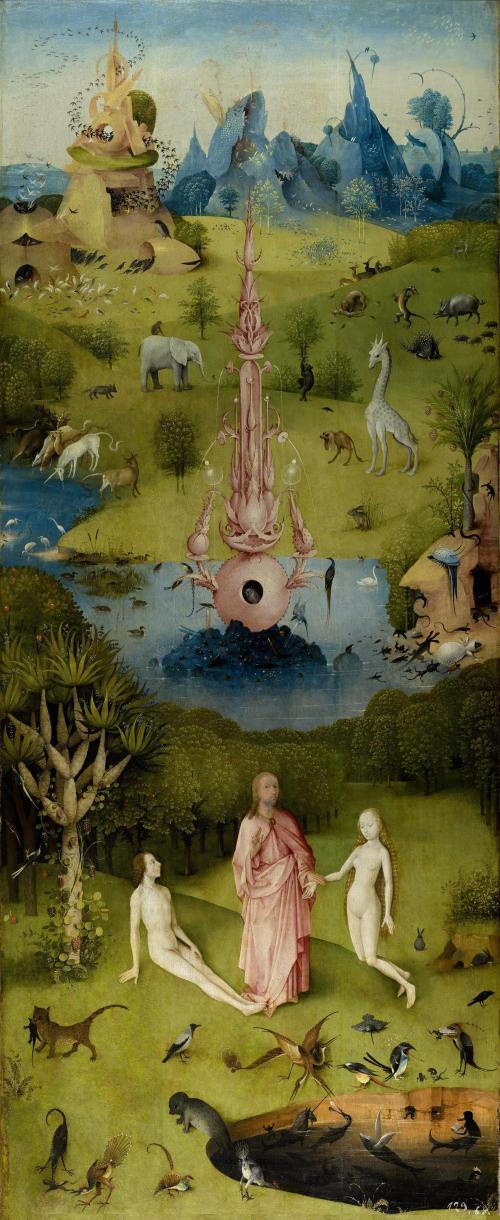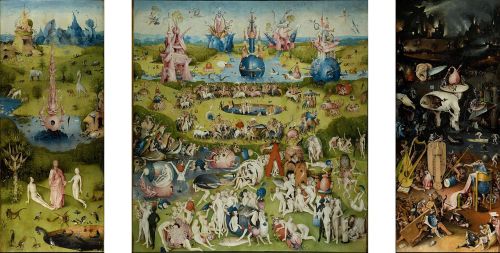Eco: The Last Flowering of Philosophic Languages

Anne-Pierre-Jacques De Vismes (1745-1819), Pasilogie, ou de la musique, considérée comme langue universelle, Paris, 1806. This work is in the public domain in its country of origin and other countries and areas where the copyright term is the author’s life plus 100 years or less.
“Nor was even this the end of attempts at creating a philosophic language. In 1772 there appeared the project of Georg Kalmar, Praecepta grammatica atque specimina linguae philosophicae sive universalis, ad omne vitae genus adcomodatae, which occasioned the most significant discussion on our topic written in Italian.
In 1774, the Italian-Swiss Father Francesco Soave published his Riflessioni intorno alla costituzione di una lingua universale. Soave, who had done much to spread the sensationalist doctrine to Italy, advanced a criticism of the a priori languages that anticipated those made by the Idéologues (on Soave see Gensini 1984; Nicoletti 1989; Pellerey 1992a).
Displaying a solid understanding of the projects from Descartes to Wilkins and from Kircher to Leibniz, on the one hand Soave advanced the traditional reservation that it was impossible to elaborate a set of characters sufficient to represent all fundamental concepts; on the other hand, he remarked that Kalmar, having reduced these concepts to 400, was obliged to give different meanings to the same character, according to the context.
Either one follows the Chinese model, without succeeding in limiting the characters, or one is unable to avoid equivocations.
Unfortunately, Soave did not resist the temptation of designing a project of his own, though outlining only its basic principles. His system of classification seems to have been based on Wilkins; as usual he sought to rationalize and simplify his grammar; at the same time, he sought to augment its expressive potential by adding marks for new morphological categories such as dual and the neuter.
Soave took more care over his grammar than over his lexicon, but was mainly interested in the literary use of language: from this derives his radical skepticism about any universal language; what form of literary commerce, he wondered, could we possibly have with the Tartars, the Abyssinians or the Hurons?
In the early years of the next century, Soave’s discussion influenced the thinking of Giacomo Leopardi, who had become an exceptionally astute student of the Idéologues.
In his Zibaldone, Leopardi treated the question of universal languages at some length, as well as discussing the debate between rationalists and sensationalists in recent French philosophy (see Gensini 1984; Pellerey 1992a).
Leopardi was clearly irritated by the algebraic signs that abounded in the a priori languages, all of which he considered as incapable of expressing the subtle connotations of natural languages:
“A strictly universal language, whatever it may be, will certainly, by necessity and by its natural bent, be both the most enslaved, impoverished, timid, monotonous, uniform, arid, and ugly language ever.
It will be incapable of beauty of any type, totally uncongenial to imagination [ . . . ] the most inanimate, bloodless, and dead whatsoever, a mere skeleton, a ghost of a language [ . . . ] it would lack life even if it were written by all and universally understood; indeed it will be deader than the deadest languages which are no longer either spoken or written.” (23 August 1823, in G. Leopardi, Tutte le opere, Sansoni: Florence 1969: II, 814).
Despite these and similar strictures, the ardor of the apostles of philosophic a priori languages was still far from quenched.
At the beginning of the nineteenth century, Anne-Pierre-Jacques de Vismes (Pasilogie, ou de la musique considérée come langue universelle, 1806) presented a language that was supposed to be a copy of the language of the angels, whose sounds derived from the affections of the soul.
Vismes argued that when the Latin translation of Genesis 11:1-2 states that “erat terra labii unius” (a passage to which we usually give the sense that “all the world was of one language”), it used the word labium (lip) rather than lingua (tongue) because people first communicated with each other by emitting sounds through their lips without articulating them with their tongue.
Music was not a human invention (pp. 1-20), and this is demonstrated by the fact that animals can understand music more easily than verbal speech: horses are naturally roused by the sound of trumpets as dogs are by whistles. What is more, when presented with a musical score, people of different nations all play it the same way.
Vismes presents enharmonic scales of 21 notes, one for each letter of the alphabet. He did this by ignoring the modern convention of equal temperament, and treating the sharp of one note as distinct from the flat of the note above.
Since Vismes was designing a polygraphy rather than a spoken language, it was enough that the distinctions might be exactly represented on a musical stave.
Inspired, perhaps, indirectly by Mersenne, Vismes went on to demonstrate that if one were to combine his 21 sounds into doublets, triplets, quadruplets, etc., one would quickly arrive at more syntagms than are contained in any natural language, and that “if it were necessary to write down all the combinations that can be generated by the seven enharmonic scales, combined with each other, it would take almost all of eternity before one could hope to come to an end.” (p. 78).
As for the concrete possibility of replacing verbal sounds by musical notes, Vismes devotes only the last six pages of his book to such a topic–not a great deal.
It never seems to have crossed Visme’s mind that, in taking a French text and substituting tones for its letters, all he was doing was transcribing a French text, without making it comprehensible to speakers of other languages.
Vismes seems to conceive of a universe that speaks exclusively in French, so much so that he even notes that he will exclude letters like K, Z and X because “they are hardly ever used in languages” (p. 106).”
Umberto Eco, The Search for the Perfect Language, translated by James Fentress, Blackwell. Oxford, 1995, pp. 302-4.



